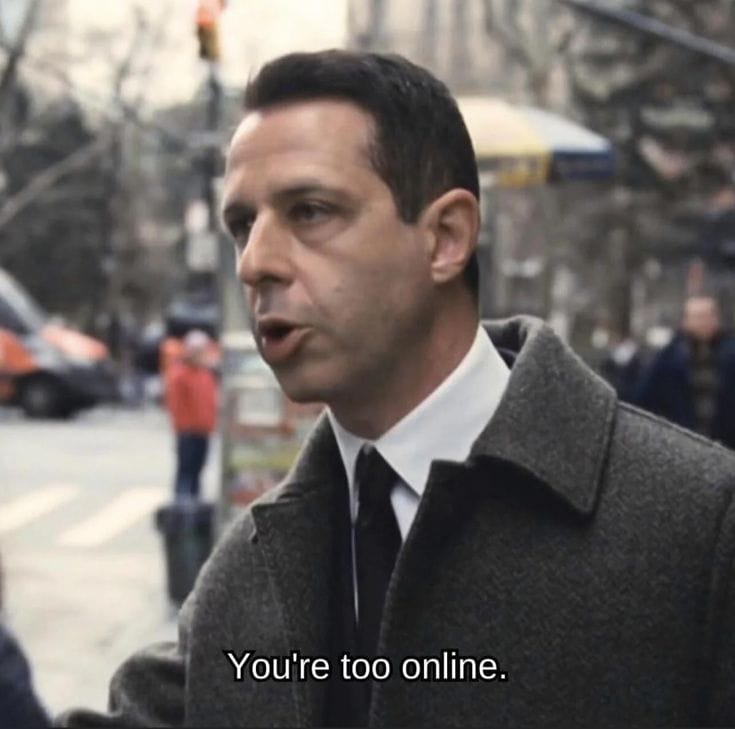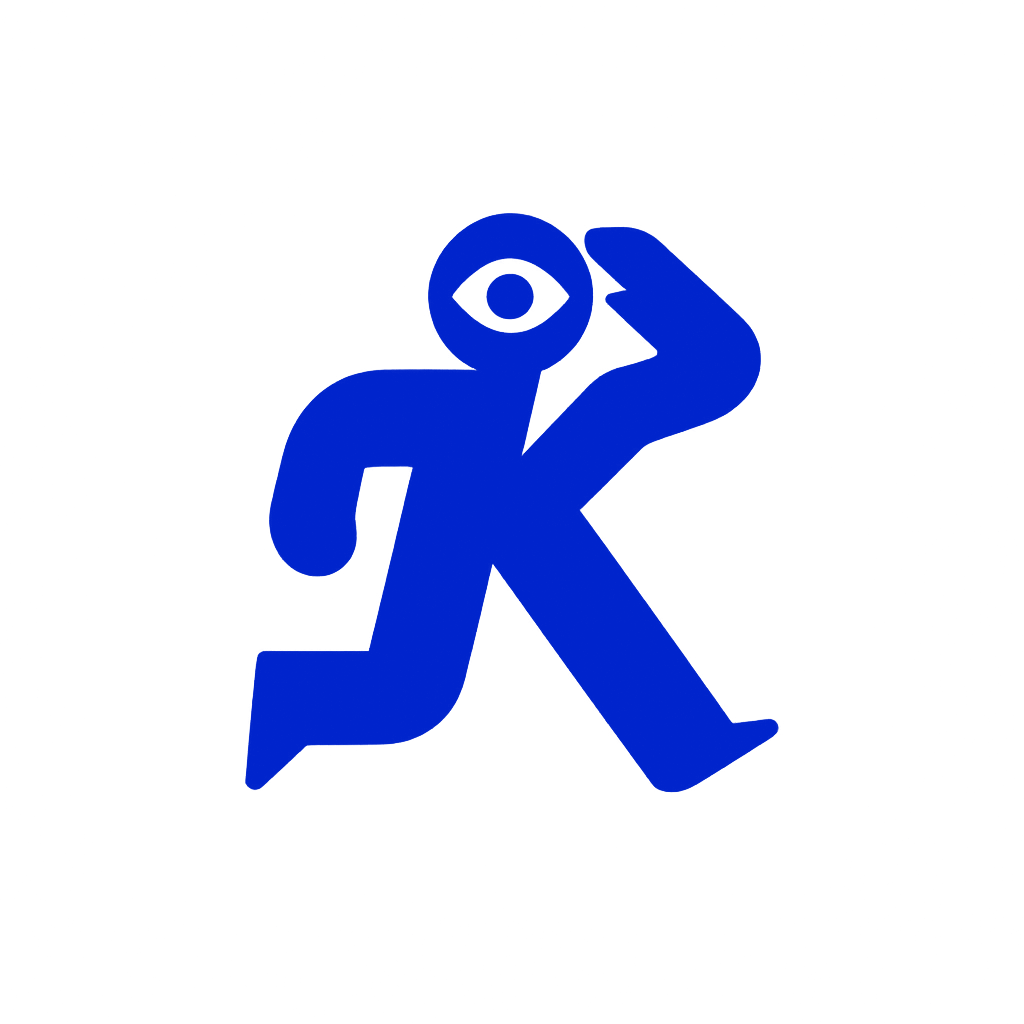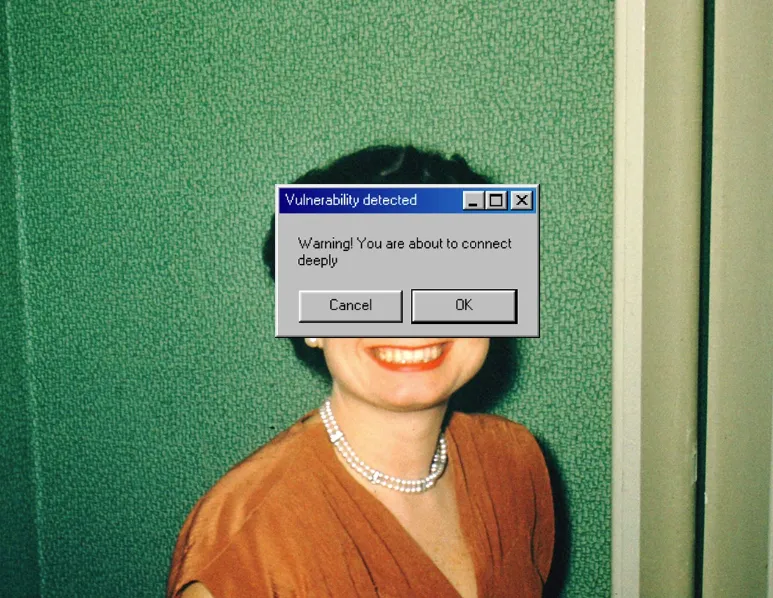As of 2025, the average person spends over 7 hours looking at their phone screen. An easy achievement, considering how successful our algorithms have become at hijacking our attention and heightening our nervous systems every 47 seconds (the average TikTok length).
We've become hooked to instant gratification: endless and immediate entertainment combined effortless (but one-sided) access to others. We have confused this with connection, but this simulated experience of community is far from it. And in the process, our conversational skills and tolerance for rejection—two essentials for genuine human connection—are eroding.
Like Pavlov’s dog, advanced machine learning has trained us to crave the anticipation of new stimuli. Social apps have conditioned our brains to chase the loop: watch, scroll, react, repeat. These loops hit our brain’s sweet spot; drunk on the perfect cocktail of curiosity, escapism, and addiction, we scroll for hours in anxious anticipation of “what’s next,” hoping something better is just one swipe away.
And suddenly the whole day has passed and you haven't actually talked to another human.
Attention disguised as connection.

We know this is not healthy for us, in fact a lot of smart people have collected the data to prove just how bad it is: heightened nervous systems, fried attention spans, disrupted sleeping patterns, pushed consumption, and of course - increased loneliness. But our attention keeps getting involuntarily stolen via dopamine hits, no wonder we lose the battle with our phones on the daily.
The art of hanging out is fading because we can’t handle not being constantly stimulated.
Showing up in community has become less about presence and more about perception—especially online, where personas are curated and personalities are monetized into brands. No wonder everyone is so anxious to be perceived IRL - it requires a break from the digital facade.
And while we’ve all been busy existing in the cloud and consuming content, our tangible third places have quietly dwindled in the background. Many of the spaces that once invited casual connection - cafés, bars, even bookstores - now come with an unspoken expectation: spend money, or don’t stay too long.
Privatized, food and beverage focused spots rely on table turnover, not lingering. And when it comes to public space, the challenges don’t disappear: hostile architecture designed to deter loitering, limited public transit, and low walkability all create barriers to simply being. Finding a place to exist without spending, scrolling, or being moved along is now harder than ever.
But the cost isn’t just a few wasted hours or screen-fatigued eyes, it’s a slow erosion of something deeper. Of real connection. Of casual conversation. Of random intrigue. Of our ability to stumble into new friendships, overhear a great idea, or feel a low-key sense of belonging that comes from being in a room full of strangers who might become something more. We’re not just losing time, we’re losing place. And with that, the chance to feel part of something alive and shared.
But if there’s one thing I’ve discovered (admittedly by accident, thanks to my dog’s daily insistence on long neighborhood walks) it’s that community isn’t gone. It’s just doing the work offscreen.
Community is gathering in the in-between spaces: in loosely organized park meetups, zine fairs in backyards, burger joint vinyl sessions, and intimate readings held in someone's living room. Somewhere between the extremes of dolce far niente and your overpriced cocktail bar, there’s a collective desire to gather without the performance.
And that’s where Funktion comes in. We are not the solution, but a tool. A way to resurface what’s already happening by highlighting all kinds of events, spaces, and people that might otherwise go unnoticed.
We help you find the rooms where you already belong, all you need to do is show up.
Hope to see you at the functions!
-
Vivian
owner & freelance flâneur

